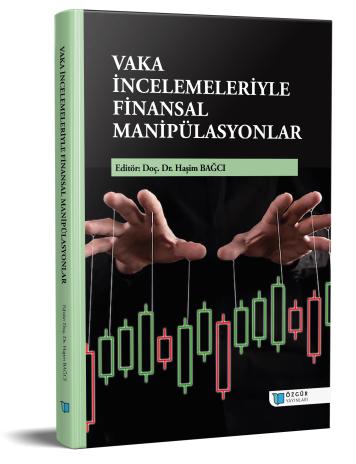
The Ponzi Scheme Case: Charles Ponzi
Chapter from the book:
Bağcı,
H.
(ed.)
2024.
Financial Manipulations with Case Studies.
Synopsis
Ponzi schemes are a type of financial fraud system that promises high returns to individuals. Originating in the early 20th century when communication opportunities were limited, these systems are frequently encountered with new initiatives in today's digital world. While Ponzi schemes promise high profits quickly, no products or services are sold. A complex organizational structure prevents the system from being understood. Trust in the system is ensured by paying returns to the first participants in the chain. The system continues as long as there are new investors. When there are no new investors, the Ponzi scheme collapses.
According to research, individuals with low financial literacy have a high tendency to participate in these chains. Individuals who ignore risks due to overconfidence and greed believe in these chains. Individuals experiencing economic difficulties are especially victimized by these chains. Regarding demographic characteristics, middle-aged, middle-income earners, especially men are more likely to participate in these chains.
Charles Ponzi, through the company he founded in the United States in 1920, created the oldest known Ponzi scheme in history and caused the system to be known as the “Ponzi Scheme” after his name. Collecting small amounts of funds from investors, Ponzi promised high returns such as 50% in 45 days and 100% in 90 days. Ponzi, who reached too many investors in a short period of eight months, was held responsible for the fraud, which reached a present value of 220 million dollars, and was sentenced to fourteen years in prison.
The increase in financial fraud destroys public trust in financial actors and financial instruments and damages the functioning of the financial mechanism. Regulators and lawmakers must prevent chain founders from engaging in these fraud attempts. In order to prevent participation in Ponzi schemes, it is recommended to increase the financial literacy level of individuals.

